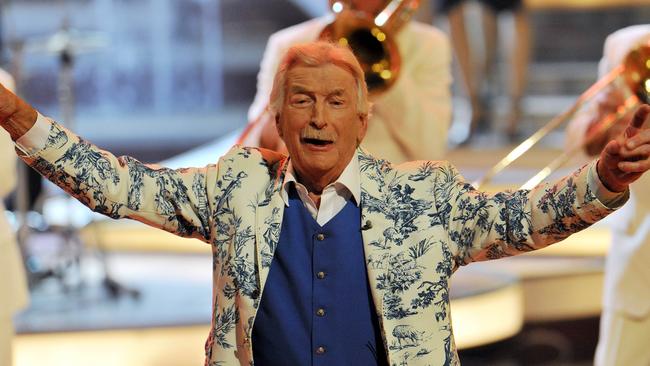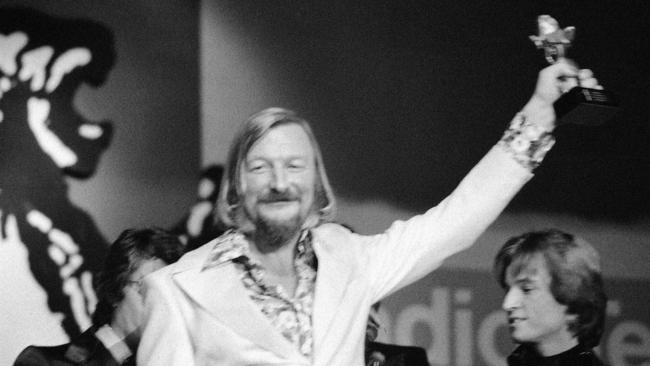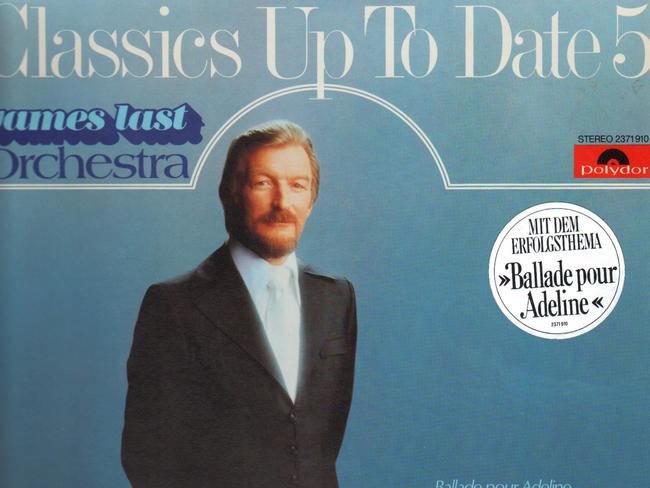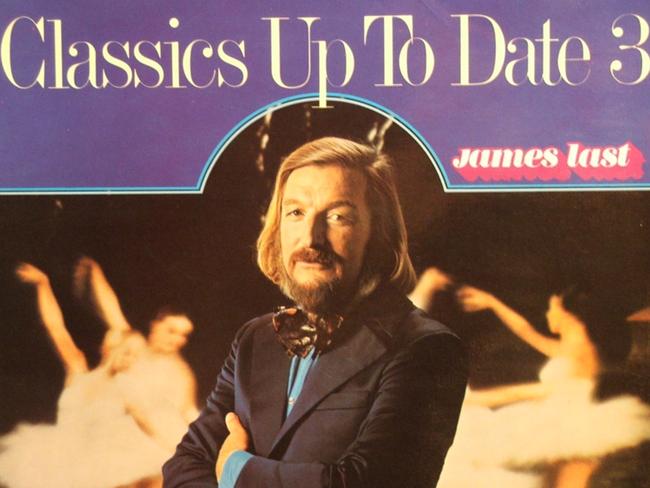Last waltz created a global music phenomenon
Look through the records for sale at any Salvos store and you are guaranteed to find at least one James Last album. In the 1970s it was a rare home in the Western world that didn’t have at least one of the late musical superstar’s records.

Today in History
Don't miss out on the headlines from Today in History. Followed categories will be added to My News.
Look through the records for sale at any Salvos store and you are guaranteed to find at least one James Last album. In the 1970s it was a rare home in the Western world that didn’t have at least one of his records.
His reworkings of tunes by ABBA, The Beatles and even Alice Cooper, lush modern orchestrations of great classical numbers and “non-stop dance” albums with uninterrupted medleys to a dance beat provided easy listening party music, also popular with elevator and shopping centre owners.
The German-born musician, composer, arranger and bandleader, who died this week, made millions of people happy with his catchy orchestrations. In terms of musical composition, he had innovative ways of presenting the music and bringing different genres to a wider public.
Although he brought such rhythm to the world, Last was born into the discord of a Germany that would soon ring to the rhythm of Nazi jackboots. He was born Hans Last in Bremen, Germany in 1929, the year the Great Depression began.

Last’s father was an English-born post office official and amateur musician. By the time he was nine, Last, known as Hansi to his family, could play piano but as a teenager he switched to double bass.
Sent to the Buckeberg military school at 14 he also studied piano and brass. The school was closed after it was hit by an Allied bomb. When the war ended Last played music for the occupying armies. In the American GI clubs he grew to love jazz.
In 1946 he joined Hans Gunther Oesterreich’s Radio Bremen Dance Orchestra, playing light music. Two years later he formed his own group the Last-Becker Ensemble. He played double bass with his brother Werner on trombone, another brother Robert on the drums, band co-founder Karl-Heinz Becker on the sax, Heinz Schultze on guitar and Helmut Zacharias on violin. From 1950-53 Last was voted by fellow jazz musicians as best double bass player.
In 1955 he married Waltraud Wiese. In 1956 when the band broke up he was unable to find the money to start another so joined the North German Radio Dance Orchestra. He also started doing arrangements for Polydor records. In 1959 he recorded his first album Tricks In Rhythm, but it failed to make an impact.


In 1963 he released Die Gab’s Nur Einmal (It Only Happens Once), by Hans Last und die Rosenkavalier orchestra. It was a nostalgic mixture of classical, show tunes and jazz numbers and it established him as a recording artist in Germany. He released Die Gab’s Nur Einmal part 2 in 1964. Then in 1965 he hit upon an idea of recording an album of popular tunes that segued into one another, linked by the sounds of a party in the background. He wanted people to feel like they were at a live concert.
Executives changed his name to James so they could sell the record outside Germany and his album Non Stop Dancing was a huge hit. A precursor to modern dance mixes, it spawned a series of Non Stop Dancing albums lasting into the ’80s.
In 1966 he gave classical music a makeover with the first of a series of Classics Up To Date albums. That same year, to prove he didn’t need to rely on other peoples’ music he wrote the minor pop hit Games That Lovers Play.

He had a bigger hit in 1969 with Happy Heart and Elvis recorded his song Fool for a 1973 album.
In 1967 four of Last’s albums topped the British charts. They continued to make the British charts until the ’80s, making him second only to Elvis. By 1973 he had 100 gold records to his name; by 1980 he had 150. He earned more than 200 in his long career.
His music also featured in many TV shows and films, notably Tarantino’s Kill Bill.
Last’s recording and concert career took him all over the world, including concert tours of Australia. He was still touring until earlier this year. He died on June 9 at his home in Florida. He is survived by his second wife Christine and his two children.
Originally published as Last waltz created a global music phenomenon



